Affiliate links on Android Authority may earn us a commission. Learn more.
Xiaomi Mi 11 series buyer's guide: Everything you need to know
Published onApril 16, 2022
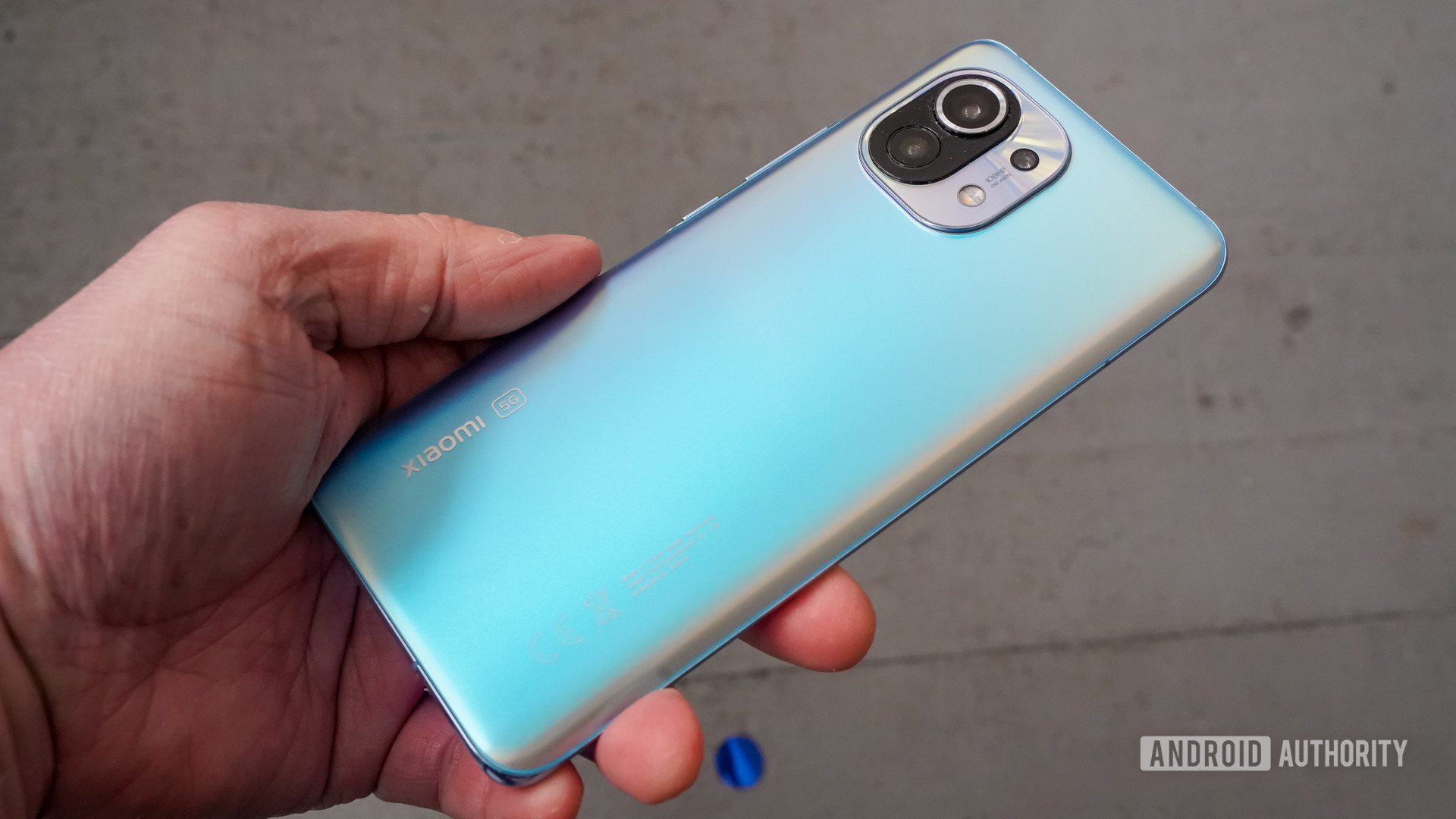
Xiaomi launched the Mi 11 in China in late December 2020, marking the first arrival of a Snapdragon 888-powered phone. We had to wait for a wider release, but the Chinese brand finally brought the series to global markets in January, with the Mi 11 Ultra following in March. The phones pack plenty of premium features you might not even see on rival flagship phones, although that’s not to say the phones don’t have room for improvement.
Scroll down to find out everything we know about the Xiaomi Mi 11 series, from specs and price to availability and more. We’ll also be updating the article as new information surfaces. You should also be aware that the Xiaomi 12 series is now available. We’ve packed everything you need to know about the phone into a buyer’s guide, which you can find here.
See also: Everything you need to know about buying Xiaomi phones
Xiaomi Mi 11 series: At a glance
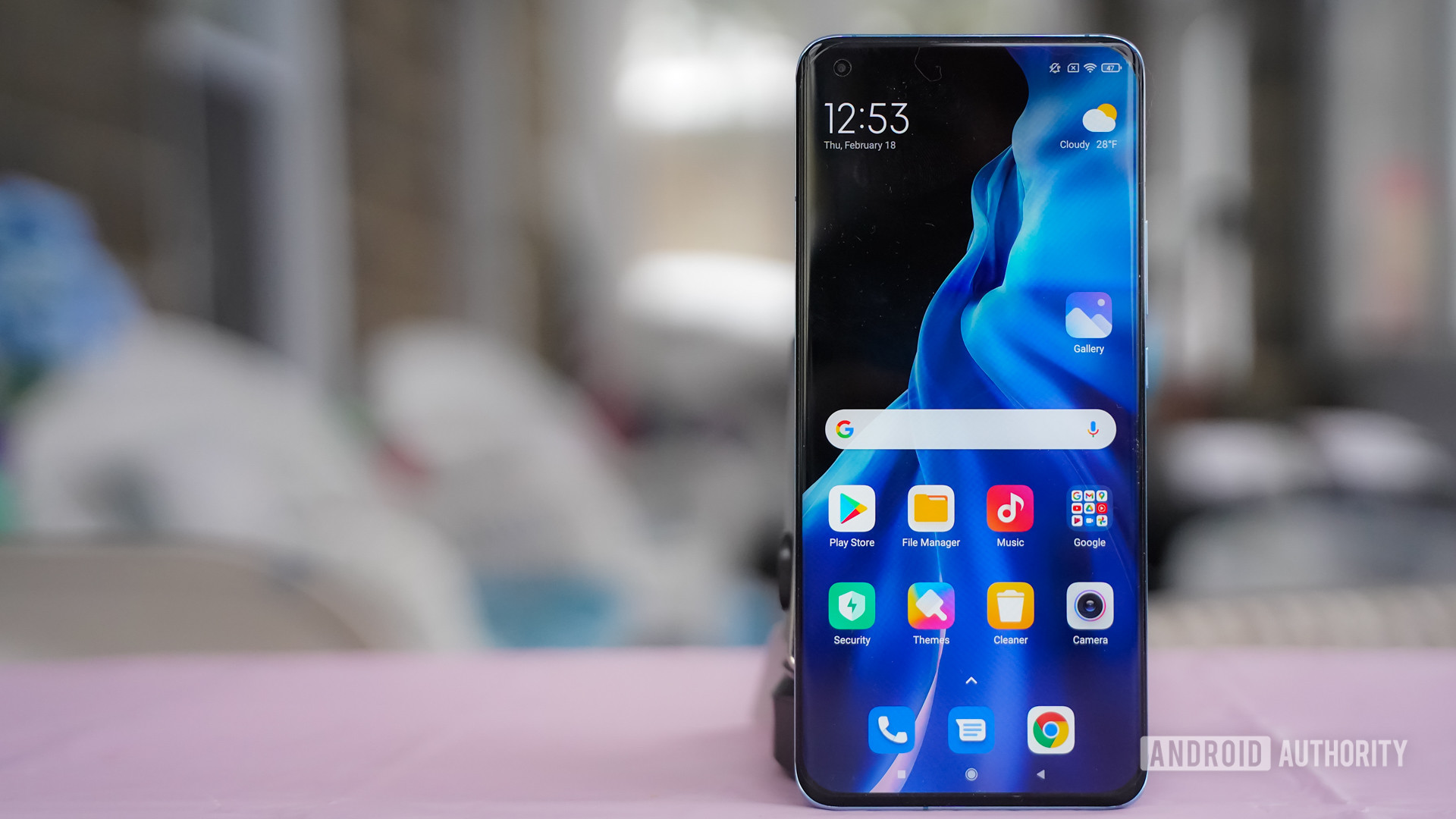
The Xiaomi Mi 11 family is part of the Chinese manufacturer’s Mi series of flagship phones, usually launching early each year. The Mi series has traditionally offered affordable flagships, but the Mi 10 series took a price hike last year. Xiaomi has gradually added more premium features to the Mi series over the years.
This trend continued with the vanilla Mi 11, which packs flagship-style features like ultra-fast wireless charging, a QHD+ OLED screen, and a 120Hz refresh rate. The Mi 11 launched in China in late December 2020 before making its way to European markets in early February.
Xiaomi then launched the Mi 11 Ultra and the China-only Mi 11 Pro on March 29, delivering even faster wired and wireless charging (67W), IP68 water resistance for the first time in the series, and a more impressive camera setup featuring a periscope camera.
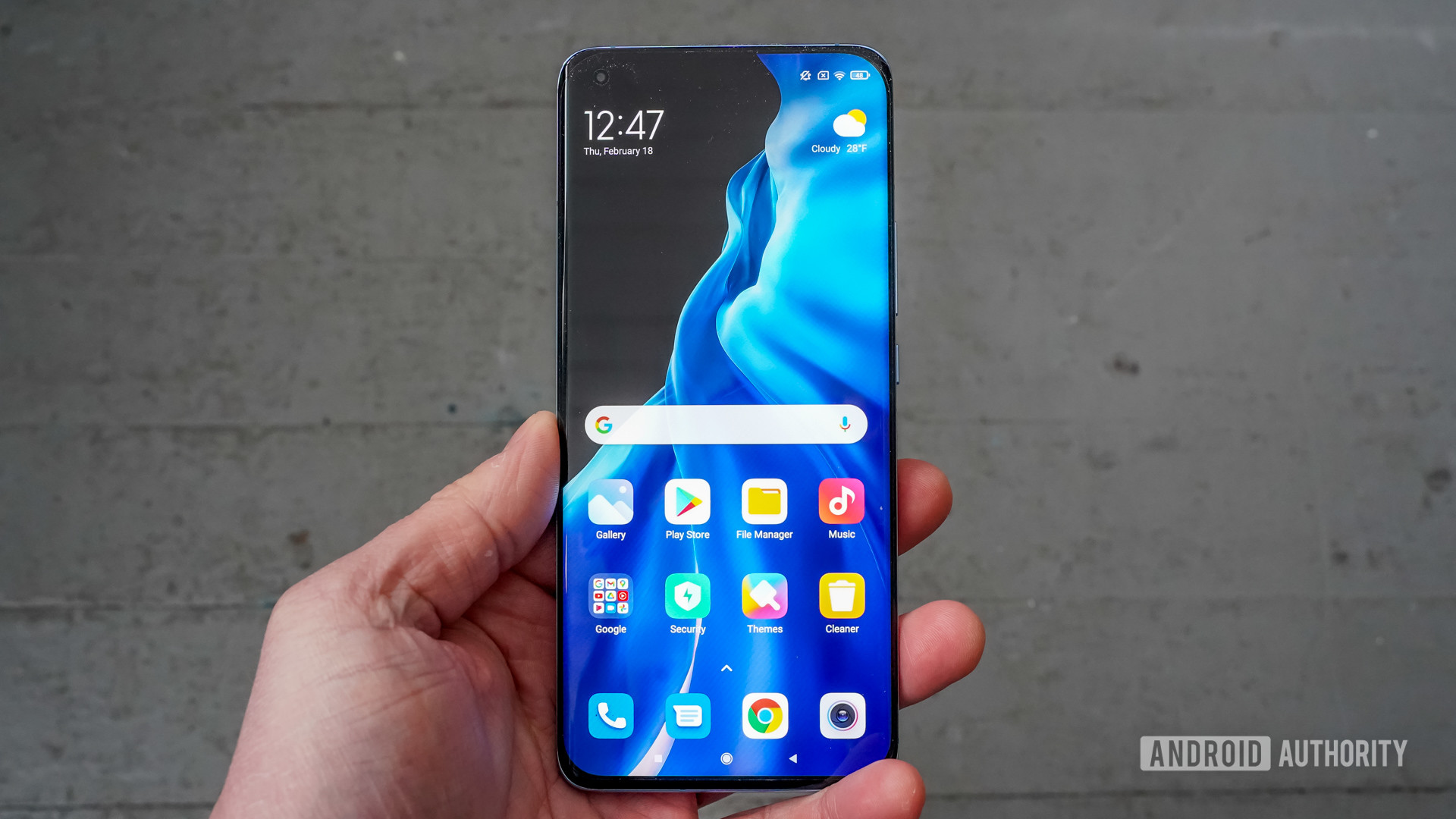
Is the Mi 11 series worth buying?
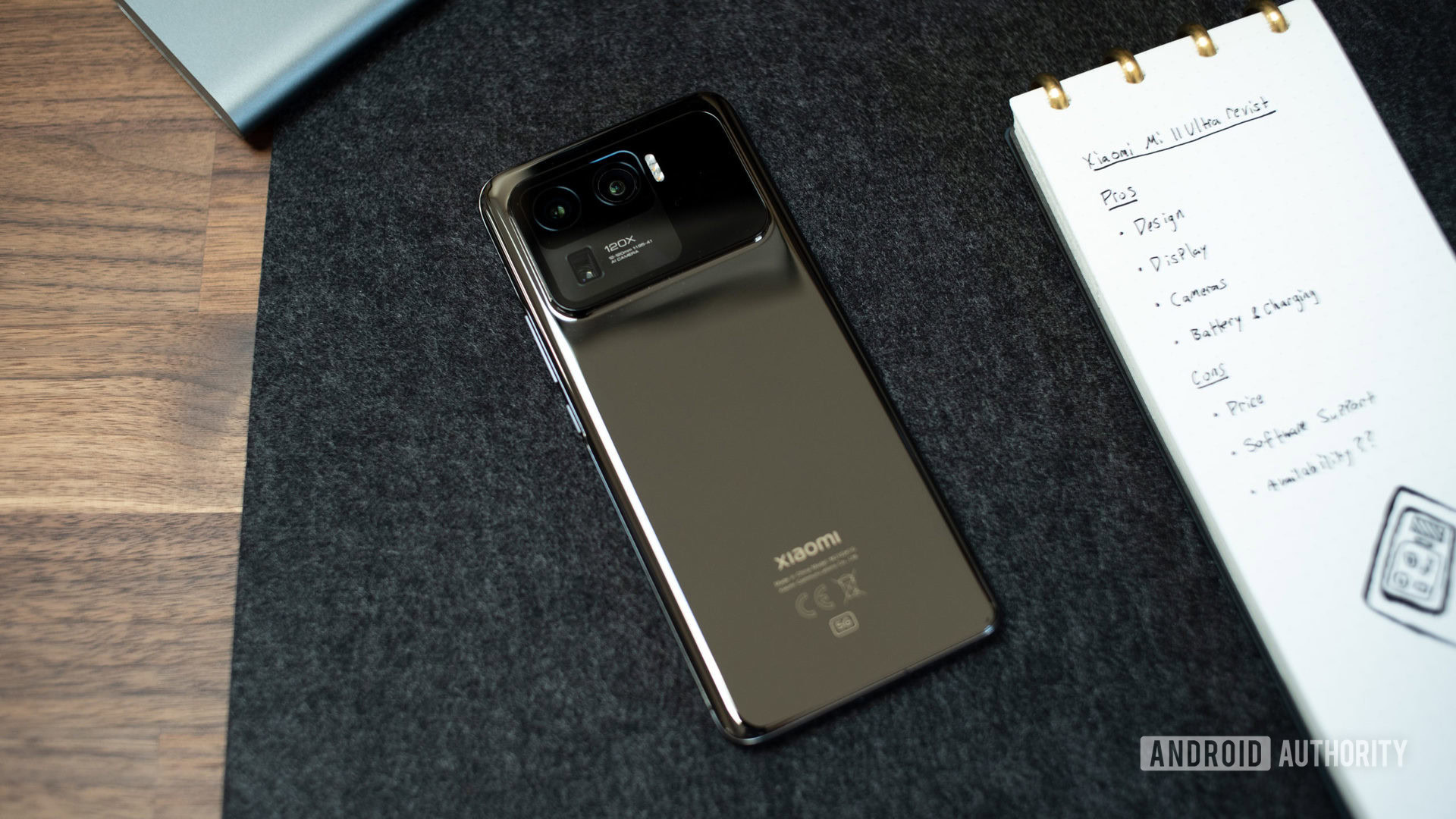
Xiaomi’s Mi series is usually positioned as the device of choice for those who want a flagship experience but don’t want to pay $1,000 or more. At €749, the vanilla Mi 11 is essentially undercutting the Galaxy S21 (€850 in Europe) and matching the S20 FE, but playing in that same broad affordable flagship category.
In other words, those expecting your typical affordable Xiaomi flagship like the Mi 10T series might be disappointed. Still, those who liked the idea of a sub-$1,000 flagship but want some premium extras might be happy here. The Mi 11 also earned a “recommended” award from us, and you can find out why below.
Meanwhile, the Mi 11 Ultra is the company’s first proper stab at a premium flagship, bringing all the bells and whistles you’d expect from a full-blown high-end phone. So if you were looking at the Galaxy S21 Ultra, iPhone 13 Pro Max, or OnePlus 9 Pro, you might want to consider this one too.
What reviewers are saying about the Mi 11 series
Our own Eric Zeman reviewed Xiaomi’s base flagship, and he called it an “enticing” alternative to Samsung and Apple’s top-flight smartphones. In fact, he felt that just a few downsides kept it from achieving true greatness.
Eric lamented the lack of an IP rating, the very good but not class-leading cameras, and the lack of an IP rating. He further lamented the absence of a software update promise and missing microSD card slot. The former is particularly interesting because Samsung now offers three years of Android version updates.
There’s plenty to like about the phone nonetheless, and Eric specifically praised the design, “excellent” screen, flagship horsepower, and “stellar” sound from the stereo speakers. Another point of praise for our reviewer was the €749 price tag, which is €100 cheaper than the Galaxy S21 in Europe.
Eric also reviewed the Ultra device, saying it was a more complete device than the standard Mi 11 due to improved cameras, better battery tech, and an IP68 rating. However, he felt that the high price (€1,200) made it tough to recommend when Samsung and OnePlus had high-quality rival devices.
What other reviewers from around the web think
- GSMArena reckoned the standard Mi 11 “has everything to quickly become a bestseller.” The team liked the phone’s design, saying it was attractive with premium build quality. They also noted that the Xiaomi device packed the “best” screen and a charger that was “blazing fast.” It wasn’t all good, though, as they criticized the lack of a telephoto camera, lack of an official IP rating, and the movie effects, which were “nothing special.”
- Sam Byford of The Verge “strongly recommended” the vanilla Mi 11 if you live in a market where it’s available. But he stopped short of saying it was so great you should import it if you’re in the US. He praised the performance, display, battery life, and MIUI 12. Sam felt that the camera category was the main area where the phone fell short of big-name rivals, lamenting image quality in mixed lighting and the lack of a telephoto camera.
- Andrei Frumusanu of Anandtech felt that the Ultra device was overpriced, especially in comparison to the vanilla Mi 11. He also felt that battery life was the phone’s main weakness despite a 5,000mAh battery. Andrei also pointed to the S21 Ultra, saying it was cheaper than the Xiaomi device and offered a better experience in a few areas. Nevertheless, he noted that he still liked the phone but that Xiaomi needs to refine it and address its weaknesses.
- CNET‘s Sareena Dayaram said Xiaomi’s standard flagship phone was easy to recommend, pointing to the price, speed, display, speakers, and reliable cameras. Sareena noted a few downsides, such as the missing telephoto camera, the lack of easy US availability, and no IP rating.
- Adam Conway of XDA-Developers noted the high price of the Mi 11 Ultra but still felt that it was worth buying. He praised the design, haptics, display, and performance, but lamented the unpolished software. He also took umbrage with the cameras, saying they were pretty good but overhyped.
What AA readers think of the phone
We ran a poll shortly after the Mi 11 was unveiled for the first time, and you cast nearly 2,500 votes. Here’s how you voted.
Almost 80% of polled readers felt the Mi 11 was hot, compared to 20% of respondents not liking what they saw. It’s also interesting to note that this poll occurred before the global launch, so pricing outside China wasn’t known.
When the Mi 11 Ultra leaked earlier this year, we asked readers whether they thought it was hot or not. As the pie chart above shows, many of you thought the Ultra model looked like a great proposition. This poll took place before any official information, including pricing, was available. So sentiment may have changed after the €1,200 price tag was revealed.
Xiaomi Mi 11 series specs
| Xiaomi Mi 11 | Xiaomi Mi 11 Ultra | |
|---|---|---|
Display | Xiaomi Mi 11 6.81-inch AMOLED 19.5:9 aspect ratio, 92.4% body/screen ratio 120Hz WQHD+ HDR10+ | Xiaomi Mi 11 Ultra 6.81-inch AMOLED 20:9 aspect ratio, 92.4% body/screen ratio 120Hz WQHD+ HDR10+ |
Processor | Xiaomi Mi 11 Qualcomm Snapdragon 888 Adreno 660 GPU | Xiaomi Mi 11 Ultra Qualcomm Snapdragon 888 Adreno 660 GPU |
Memory | Xiaomi Mi 11 8GB LPDDR5 RAM | Xiaomi Mi 11 Ultra 12GB LPDDR5 RAM |
Storage | Xiaomi Mi 11 128GB/256GB | Xiaomi Mi 11 Ultra 256GB |
Battery | Xiaomi Mi 11 4,600mAh 55W wired charging 50W wireless charging 55W charger in box | Xiaomi Mi 11 Ultra 5,000mAh 67W wired charging 67W wireless charging 67W charger in box |
Camera | Xiaomi Mi 11 Rear: Main: 108MP, f/1.85, 1/1.33-in sensor, OIS Ultra-Wide: 13MP, f/2.4, 123-degree FoV Telephoto macro: 5MP, f/2.4, 3cm to 10cm range Front: Selfie: 20MP f/2.2, punch-hole cutout | Xiaomi Mi 11 Ultra Rear: Main: 50MP, f/1.95, 1/1.12-in sensor, OIS Ultra-Wide: 48MP, f/2.2, 128-degree FoV Periscope: 48MP, f/4.1, 5X optical, 10X hybrid, 120X digital zoom Front: Selfie: 20MP f/2.2, punch-hole cutout |
Connectivity | Xiaomi Mi 11 Bluetooth 5.2 Wi-Fi 6 IR blaster | Xiaomi Mi 11 Ultra Bluetooth 5.2 Wi-Fi 6E IR blaster |
Operating system | Xiaomi Mi 11 MIUI 12 Android 11 | Xiaomi Mi 11 Ultra MIUI 12 Android 11 |
Dimensions | Xiaomi Mi 11 164.3 x 74.6 x 8.06mm | Xiaomi Mi 11 Ultra 164.3 x 74.6 x 8.38mm |
Weight | Xiaomi Mi 11 196g | Xiaomi Mi 11 Ultra 234g |
What are the Xiaomi Mi 11 series features?
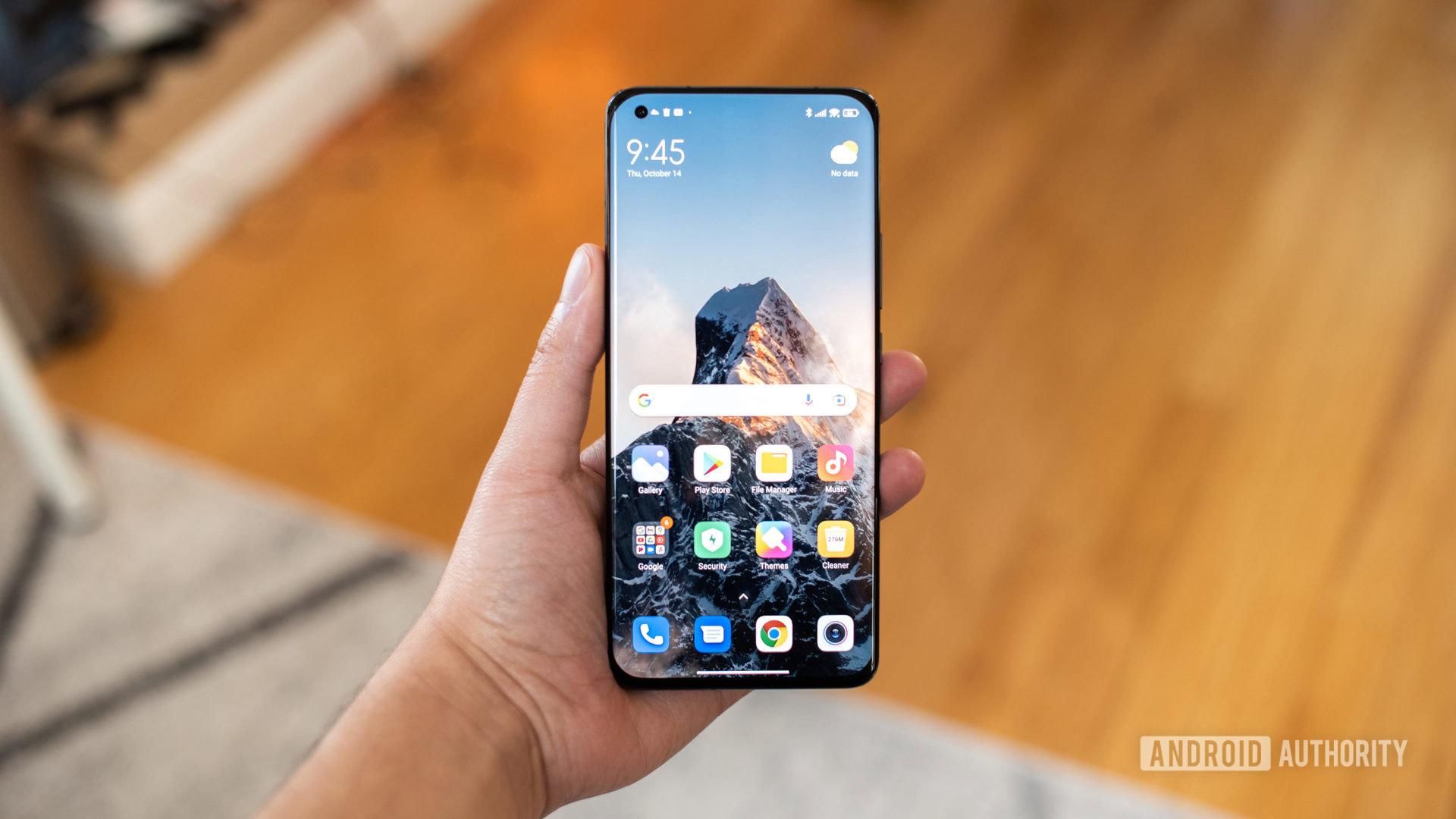
Xiaomi has several major draw-cards with the Mi 11 series, with the first being the Snapdragon 888 processor for smoother performance and gaming. The chipset also drives that QHD+ 120Hz OLED screen, with Xiaomi citing DisplayMate testing to claim the base Mi 11 screen is among the best mobile displays out there.
Other major selling points for the base model focus on the battery and charging side. You won’t need to wait for ages to get the 4,600mAh battery topped up, as Xiaomi is delivering 55W wired charging and 50W wireless charging. In both cases, your phone will be topped up in under 55 minutes, with wired charging taking 45 minutes.
See also: The best Xiaomi phones you can buy
The Xiaomi Mi 11 doesn’t have the most impressive camera setup, but it’s far from bad. You’re getting a 108MP primary camera (with OIS), a 13MP ultrawide snapper (123-degree field of view), and a 5MP telephoto macro lens. Don’t expect telephoto or periscope zoom cameras on this model, unfortunately. Nevertheless, you’re also getting features like 8K recording and a night video mode. We’ve seen heart-rate monitors on smartphones before, but Xiaomi integrates this functionality into the in-display fingerprint sensor. This will be activated via a firmware update, though, so we’ll be sure to try it out once the update rolls out.
Want even more? That’s where the Mi 11 Ultra comes in. It packs an IP68 design, a 5,000mAh battery, 67W wired charging, 67W wireless charging, and a tiny 1.1-inch rear OLED screen. Xiaomi’s Ultra device also includes a flexible camera setup, packing a 50MP primary camera (Samsung GN2), 48MP ultrawide, and a 48MP 5x periscope lens.
What’s up with the Ultra’s rear screen?
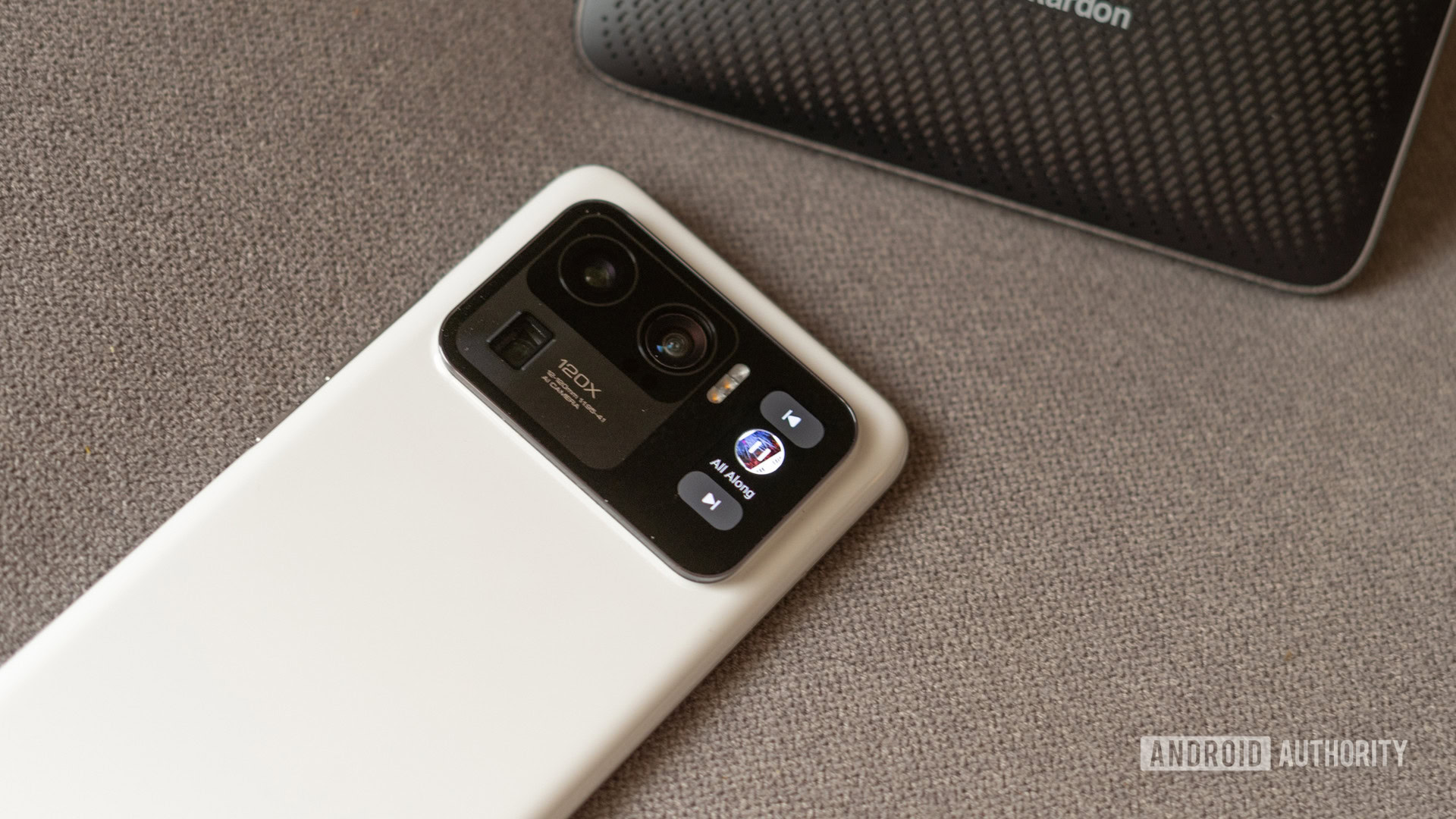
The Mi 11 Ultra gets a 1.1-inch OLED screen on the back, and this is used for notifications, always-on display functionality, and selfie previews. So if you fancy taking a group shot with the ultrawide camera or just want to take advantage of the primary camera, this screen will help in a big way. This secondary display isn’t available on the base Mi 11.
Expect a much-improved main display across the Mi 11 series, too, as the Mi 11 flagships all bring a QHD+ OLED screen and 120Hz refresh rate to the table. This makes for a significant upgrade in theory over the Mi 10 series, which yielded an FHD+ 90Hz OLED panel. The Chinese brand also lets you crank the refresh rate to 120Hz at QHD+ resolution, rather than limiting the high refresh rate to FHD+ resolution. So you can indeed get the best of both worlds.
How good are the cameras?
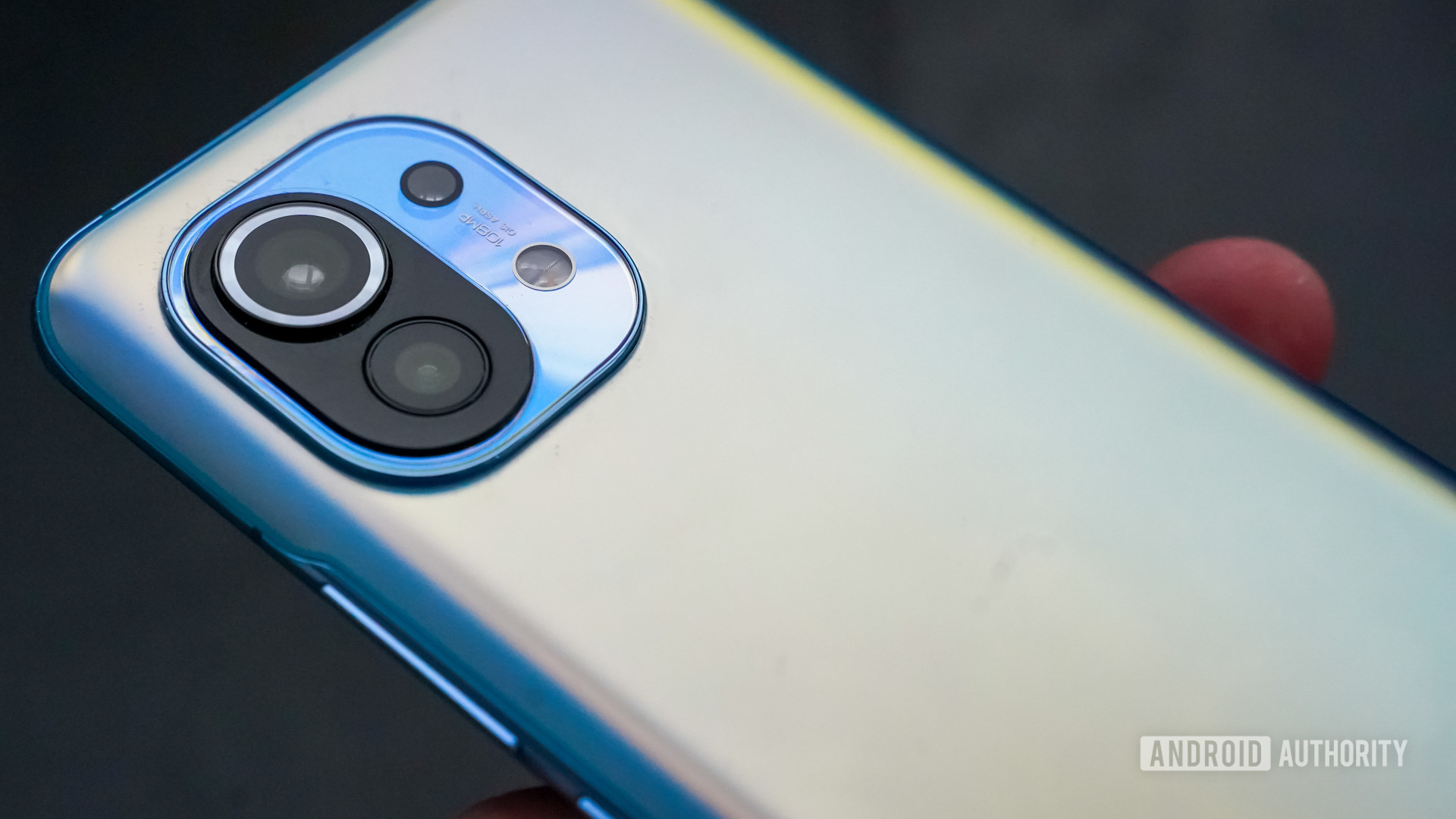
The Mi 11 packs a triple rear camera setup, featuring a 108MP primary camera, a 12MP ultrawide snapper, and a 5MP telephoto macro lens. Our own Eric Zeman felt that image quality, in general, was good but not threatening the likes of Apple and Samsung.
Eric felt the main camera could struggle to keep details in the dark areas of a scene while noting that images from the ultrawide shooter were a little soft and prone to noticeable distortion in some situations. He also felt that the telephoto macro lens required a steady hand and that the 5MP resolution was a “definite limitation.” Xiaomi also includes a few extra camera-related features, such as 8K recording, dual-video option, super moon mode, night time-lapse, and more.
Of course, the Mi 11 Ultra looks like an even better proposition on paper due to the latest 50MP main camera and a pair of 48MP cameras for ultrawide and zoom shots. The main camera is a Samsung Isocell GN2 sensor with a 1/1.12-inch size and 1.4-micron pixels, which should deliver great low-light images in theory. Meanwhile, the ultrawide camera offers a 128-degree field of view, while the periscope lens provides 5X optical, 10X hybrid, and 120X digital zoom.
Our own Eric Zeman and Dhruv Bhutani both reviewed the Mi 11 Ultra, and Eric found that the main camera was “mostly” great but delivered very oversaturated yellow hues. Eric also felt that night mode on the Ultra device made for unnaturally bright shots.
On the other hand, Dhruv said the phone’s main camera captured “stunning” images and beautiful depth-of-field effects. He also praised the ultrawide camera and noted that periscope shots looked good until about 10X.
What about battery life?

Xiaomi’s phone has a 4,600mAh battery, and our reviewer said it was rare for the phone to dip below 50% after a full day of usage. Eric noted that the best the phone did was one and a half days with heavy use. It’s worth noting that these results were achieved at FHD+ and 60Hz. Unfortunately, our reviewer explained that cranking the resolution and refresh rate to the maximum meant the phone barely had enough juice to make it through the day.
Thankfully, the device takes just under 50 minutes to go from zero to 100% capacity, thanks to 55W fast charging. You’re also getting 50W wireless top-ups and 10W reverse wireless charging.
See also: The best phone charging accessories
The Mi 11 Ultra ups the ante here on paper, particularly when charging. We’ve got 67W wired and wireless charging this time, with Xiaomi promising 36 minutes to 100%. We also get a 5,000mAh battery that’s notably larger than the Mi 11’s 4,600mAh pack. Dhruv felt that endurance wasn’t stellar, while Eric noted that he could still get a full day of usage with display settings cranked up (QHD+, 120Hz).
What about performance?
The Mi 11 series is one of the fastest phones you can get on paper, thanks to the Snapdragon 888 chipset. This is the most cutting-edge Android phone processor on the market right now, and the base Mi 11 aced synthetic benchmarks, delivering similar results as the Galaxy S21. It even broke the record in our in-house Speed Test G benchmark, completing it in just 75 seconds.
We found that benchmarks translated into great real-world performance too, as Eric called it “exceptionally fluid and quick.” He noted that a game like Asphalt 9 was no match for the phone, as there was no lag at all. So those hoping to play heavyweight games with all the effects turned up should look at this device family.
Both Eric and Dhruv praised the Mi 11 Ultra’s performance, as you’d expect from a Snapdragon 888 SoC. But Dhruv felt that the OnePlus 9 Pro did a better job of heat dissipation though.
Phone software and updates
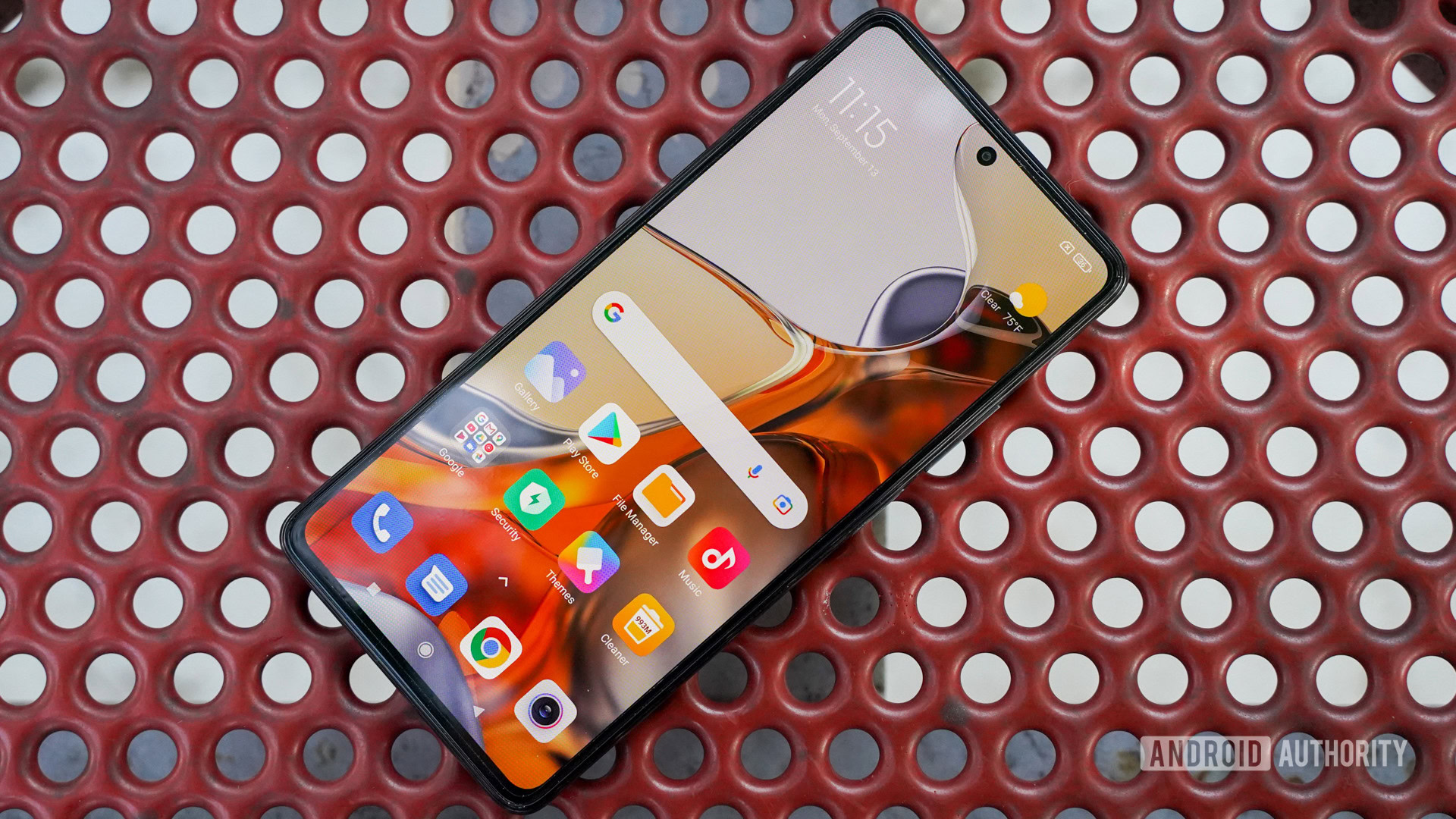
Expect to find MIUI 12 atop Android 11 on the Mi 11 and Mi 11 Ultra, and the consensus is that MIUI 12 is much better than prior versions of Xiaomi’s Android skin. There is some bloatware here, but most of it can be removed.
Xiaomi previously promised that the base phone would get MIUI 12.5, and it brings a few notable tweaks and additions. For one, the firm reckons that it will let you remove more bloatware than Android and iOS phones. The upcoming update will also deliver better gestures, clipboard controls, and system/battery optimizations.
Unfortunately, Xiaomi isn’t dishing out any Samsung-style promises for three years of version updates. But it traditionally delivers two Android version updates, and occasionally updates MIUI without updating the underlying Android version. So far, we’ve seen Android 12 arrive for beta testers in China, which means it can’t be too far off from a wider release.
Xiaomi Mi 11 vs Mi 10: What’s new?
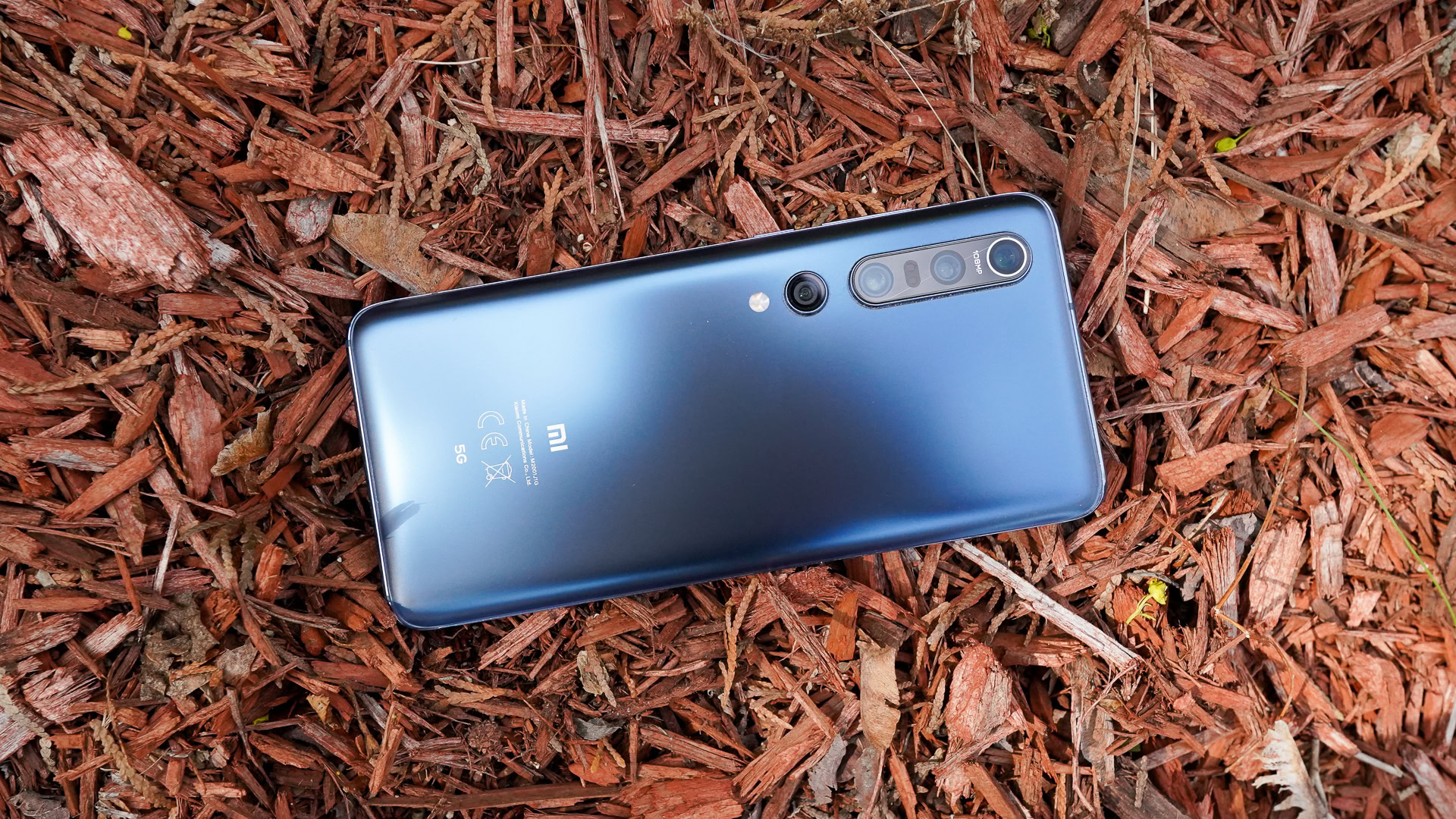
There are a few areas where the base Mi 11 has received upgrades compared to last year’s phone. You can check them out below.
- Design: The new phone features a frosted glass back compared to the standard glass back on last year’s phone. But the big change is the camera housing, which adopts a circular design compared to the vertical housing seen on the Mi 10.
- Display: The Mi 11 not only delivers a higher refresh rate (120Hz vs 90Hz) but also ups the resolution (QHD+ vs FHD+).
- Cameras: Xiaomi’s latest device packs a triple camera rather than the Mi 10’s quad-camera system. You’re still looking at the same main and ultrawide cameras (108MP and 13MP respectively), but the Mi 11 ditches the old phone’s 2MP depth sensor. Furthermore, the macro lens has been upgraded from 2MP on the Mi 10 to a 5MP telephoto macro on the new one.
- Battery: You’re actually getting a slightly smaller battery this year, with the Mi 11 offering a 4,600mAh pack versus the Mi 10’s 4,780mAh battery. We get a charging boost across the board though, as the Mi 11 delivers 55W wired, 50W wireless, and 10W reverse wireless charging. The Mi 10 has 30W wired, 30W wireless, and 5W reverse wireless top-ups.
Aside from the chipset, the Mi 11 Ultra also features a few changes compared to the China-only Mi 10 Ultra released in the second half of 2020. Check them out below.
- Design: The Mi 11 Ultra sports an IP68 design for the first time, which means it should survive a dunk in the pool or bath compared to the older Ultra.
- Display: Xiaomi’s latest Ultra phone features a secondary rear screen for selfies and notifications. But the main display is also a WQHD+ panel versus FHD+ on the Mi 10 Ultra.
- Cameras: It’s mostly a case of upgrades here, with a better main camera sensor in theory (50MP vs 48MP) and a much sharper ultrawide sensor on paper (48MP versus 20MP). But the Mi 10 Ultra features two zoom-focused cameras in a 48MP 5X periscope lens (seen on the Mi 11 Ultra) and a 12MP 2X telephoto camera. This suggests that the Mi 10 Ultra could still be better for short-range zoom.
- Battery: Xiaomi’s latest phone sports a 5,000mAh battery, 67W wired charging, and 67W wireless topups. By contrast, the Mi 10 Ultra brings a 4,500mAh battery, 120W wired charging, and 50W wireless topups. So we’re expecting wired charging times to be a little slower on the new phone (but still great), given the bigger battery and reduced wattage.
Competition and alternatives
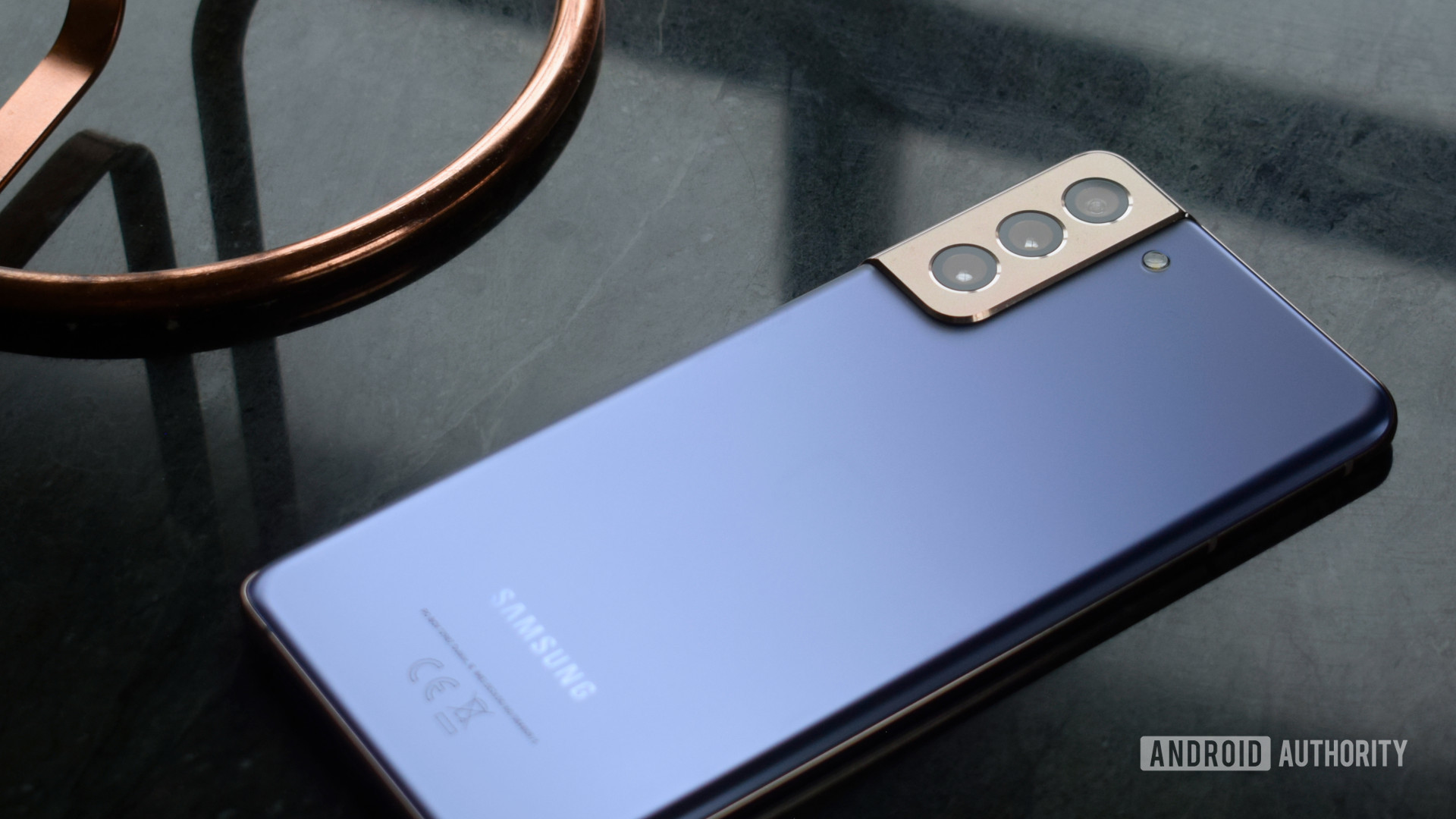
There are quite a few alternatives to the Xiaomi Mi 11 series if you’re not completely sold on it or want to shop around first. You can check these alternatives out below.
Samsung Galaxy S22 series (From $800, €849 in Europe): The base Galaxy S22 is arguably Xiaomi’s biggest competition, as it packs the upgraded Snapdragon 8 Gen 1 processor (or Exynos 2200 in some markets), a triple rear camera setup with 8K recording, wireless charging, and a pretty slick 120Hz OLED screen too. The vanilla Mi 11 bests the S22 when it comes to wired charging and wireless charging speeds, battery capacity, screen resolution, and pricing in Europe. Meanwhile, the S22 edges out the Xiaomi device by virtue of offering water resistance and a hybrid telephoto camera. Looking for an alternative to the Mi 11 Ultra? Then the Galaxy S22 Ultra is worth considering too, sharing the same IP rating, core screen specs (1440p and 120Hz), and battery size. Both devices offer a periscope camera as well.
Samsung Galaxy S21 FE 5G (€749): Samsung’s older flagship might also be worth considering if you want a cheaper flagship. It doesn’t have the latest flagship processor, 8K recording, and ultra-fast charging, but it has a couple of advantages over the S21 and base Mi 11. These advantages include a more flexible camera arrangement in theory (thanks to a proper telephoto camera) and microSD expansion. Otherwise, the S21 FE also packs wireless charging, Dex support, and a battery that’s similarly sized to the Mi 11’s pack.
OnePlus 9 series ($729, $969): OnePlus is another manufacturer targeting the premium tier in recent years, and the OnePlus 9 series is another great alternative to the Mi 11 range. The base Mi 11 compares well to the standard OnePlus 9, with neither phone featuring an official IP rating or zoom-focused camera. Opt for the Xiaomi and you get a sharper screen, a slightly bigger battery, and faster wireless charging. Choose the OnePlus and you get faster wired charging and a higher resolution ultrawide camera. Meanwhile, the Mi 11 Ultra and OnePlus 9 Pro share a number of features, such as a QHD+ 120Hz screen, high resolution main/ultrawide cameras, and water resistance. The Ultra packs a bigger battery, faster wireless charging (in terms of wattage) and a periscope zoom camera, while the Pro delivers slightly faster wired charging and a 3X telephoto lens.
Xiaomi Redmi Note 10 Pro (Rs 18,999/~$260): Another Xiaomi phone comes recommended, as the mid-range Redmi Note 10 Pro (or Note 10 Pro Max in India) actually has a lot in common with the base Mi 11. 108MP main camera? Check. 5MP telephoto macro lens? Yep. 120Hz OLED screen? Indeed. This definitely scratches some of the same itches as the Mi 11, but you are losing out on 5G, a QHD+ resolution, wireless charging, 8K recording, and flagship power (it has a Snapdragon 732G SoC).
What about the Mi 11 Pro?
Xiaomi launched the Mi 11 Pro in addition to the Mi 11 Ultra, but the Pro model is restricted to China. It offers a QHD+ 120Hz OLED screen and flagship silicon too. In fact, it’s closer to the Mi 11 Ultra than the base Mi 11.
The Mi 11 Pro also packs an IP68 rating, a 5,000mAh battery, and 67W wired and 67W wireless charging. Expect the same 50MP GN2 main camera as seen on the Mi 11 Ultra, but we see a 13MP ultrawide camera and an 8MP 5X periscope camera instead. You can find out more about the Mi 11 Pro in our announcement post.
Where to buy the Mi 11 series?

The Mi 11 and Mi 11 Ultra launched in Europe and China. It’s worth noting that Europe doesn’t get the 12GB/256GB Mi 11 seen in China, and only gets a 12GB/256GB Mi 11 Ultra. The 12GB/256GB Mi 11 Ultra is also available in India. You can check out pricing in the list below.
Europe
- Xiaomi Mi 11 (8GB/128GB): €749
- Xiaomi Mi 11 (8GB/256GB): €799
- Xiaomi Mi 11 Ultra (12GB/256GB): €1,199
China
- Xiaomi Mi 11 (8GB/128GB): 3,999 yuan
- Xiaomi Mi 11 (8GB/256GB): 4,299 yuan
- Xiaomi Mi 11 (12GB/256GB): 4,699 yuan
- Xiaomi Mi 11 Ultra (8GB/256GB): 5,999 yuan
- Xiaomi Mi 11 Ultra (12GB/256GB): 6,499 yuan
- Xiaomi Mi 11 Ultra (12GB/512GB): 6,999 yuan
India
- Xiaomi Mi 11 Ultra (12GB/256GB): Rs 69,999

The base Mi 11 is clearly more expensive in Europe than it is in China, as we saw with previous releases. But Xiaomi also says they’ll also offer a two year warranty and a one-time free screen repair within the first year of owning the phone in Europe. Unfortunately, Xiaomi doesn’t offer phones in the US and we doubt that will change soon given the country’s relations with China right now.
Top Xiaomi Mi 11 series questions and answers
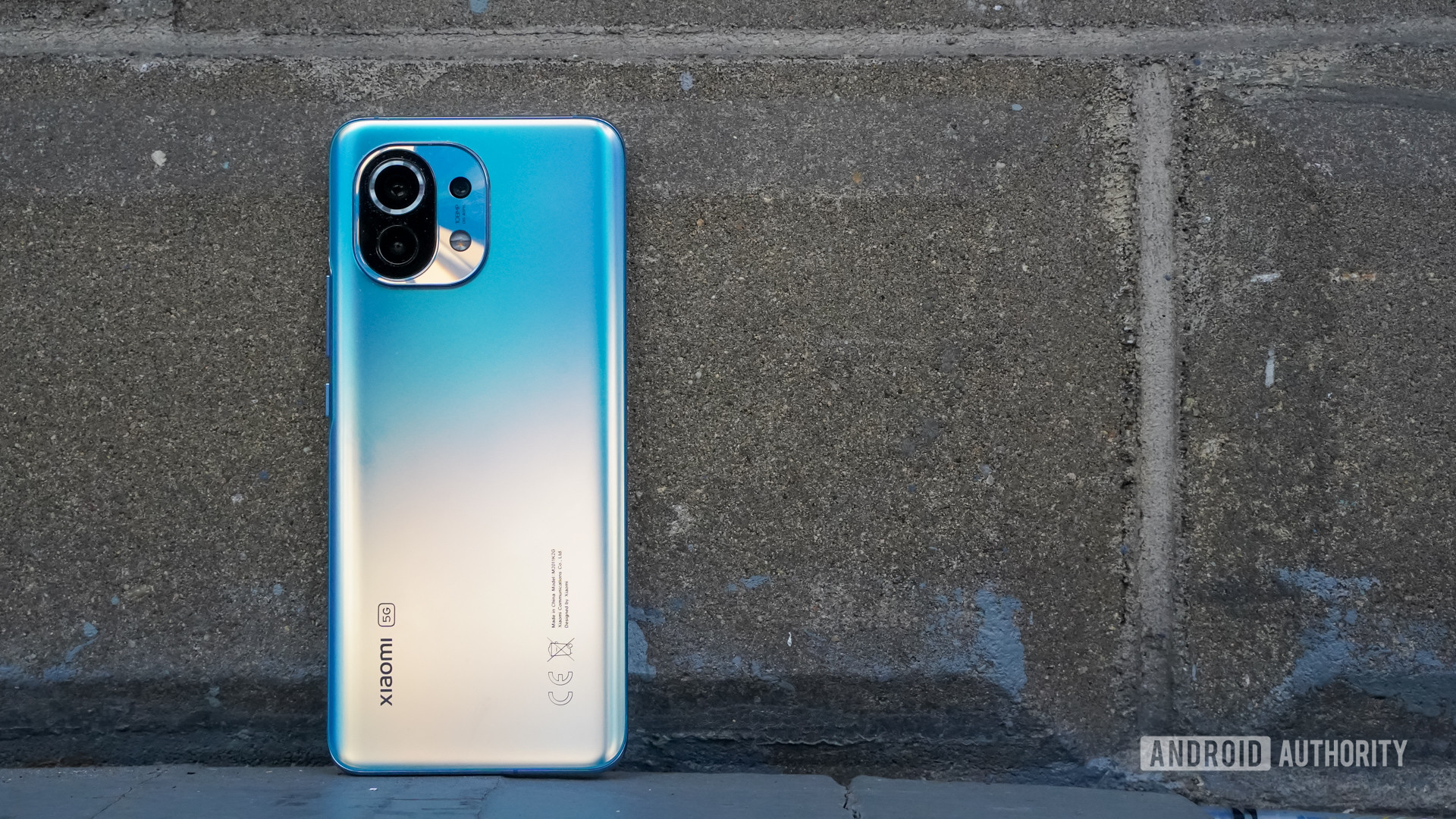
Q: Do the Mi 11 and Mi 11 Ultra phones have a charger in the box?
A: Yes, you’re getting a 55W charger in the Mi 11 box, while the Mi 11 Ultra gets a 67W charger in the box.
Q: Do these phones support wireless charging?
A: The Mi 11 supports 50W wireless charging, while the Ultra supports 67W wireless charging.
Q: Does the Mi 11 or Mi 11 Ultra offer a microSD slot?
A: No, they, unfortunately, have fixed storage only.
Q: What kind of speakers should you expect?
A: The Mi 11 and Mi 11 Ultra have stereo speakers tuned by Harman Kardon.
Q: What color options are available for the Mi 11 series?
A: The base phone is available in Midnight Gray and Horizon Blue, but Xiaomi says additional colorways are coming. The Ultra is available in Ceramic Black and Ceramic White options.
Q: Do these phones have a headphone port?
A: Unfortunately, the Mi 11 and Mi 11 Ultra lack this feature.
Q: Are the phones available in the US?
A: Neither phone is available in the US, but you can likely import it via third-party websites.
Help others out
Do you think the Mi 11 is worth the €749 price tag?
Samsung Galaxy S21 or Xiaomi Mi 11?
Xiaomi Mi 11 Ultra: Hot or not?
That’s all you need to know about the Xiaomi Mi 11 and Mi 11 Ultra! We’ll be updating this article with more information as soon as we get it.